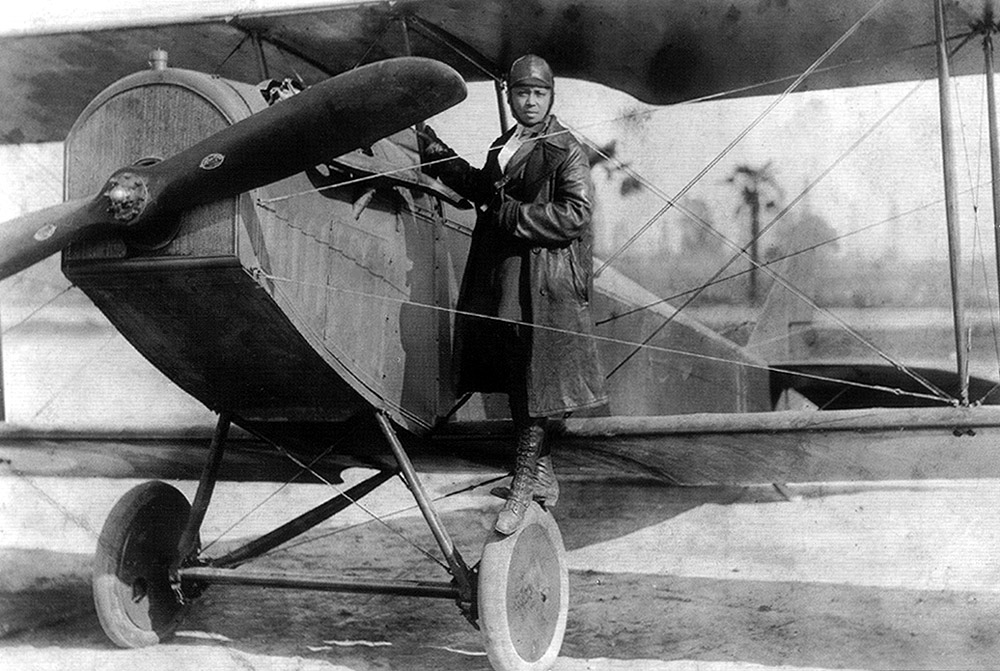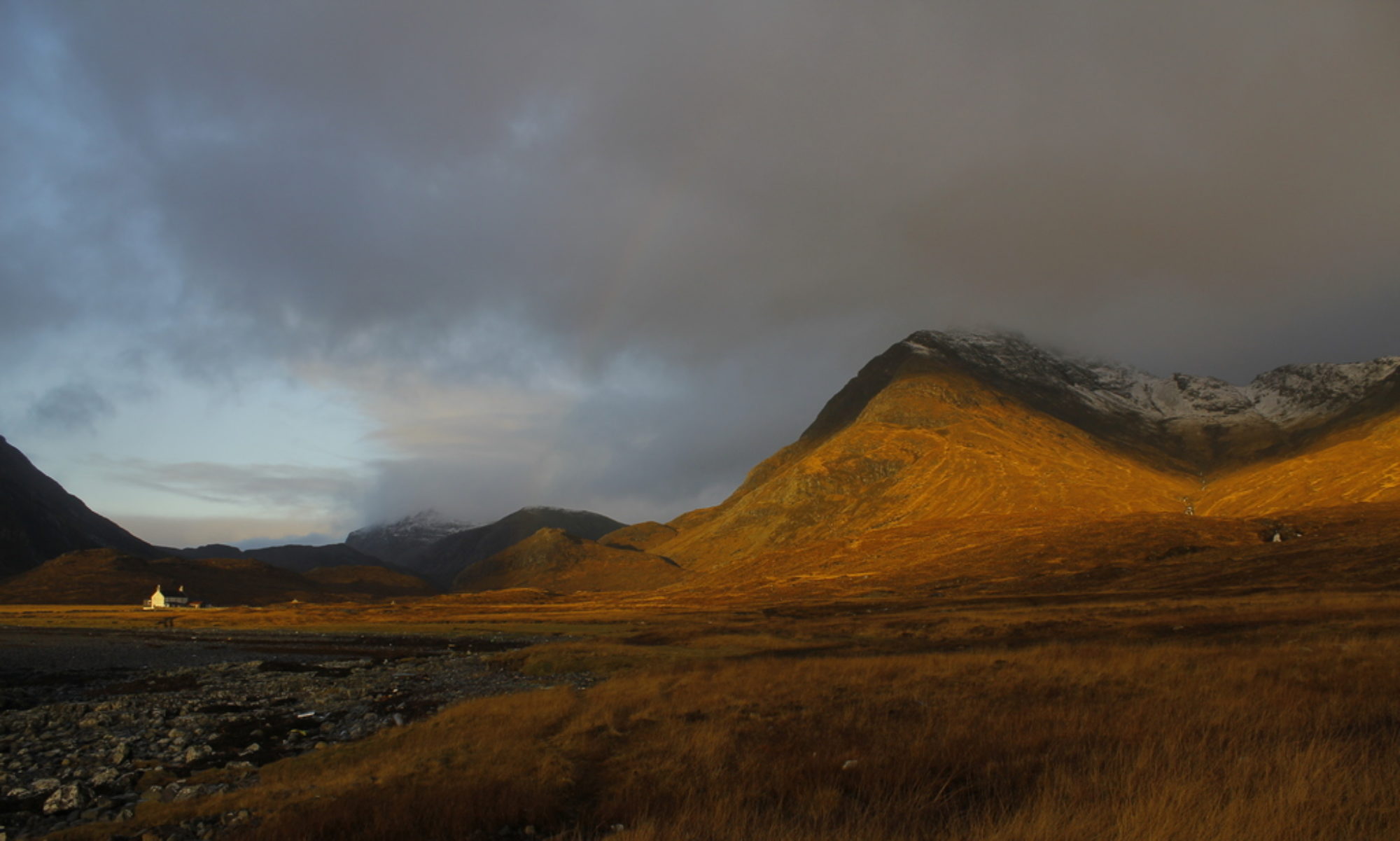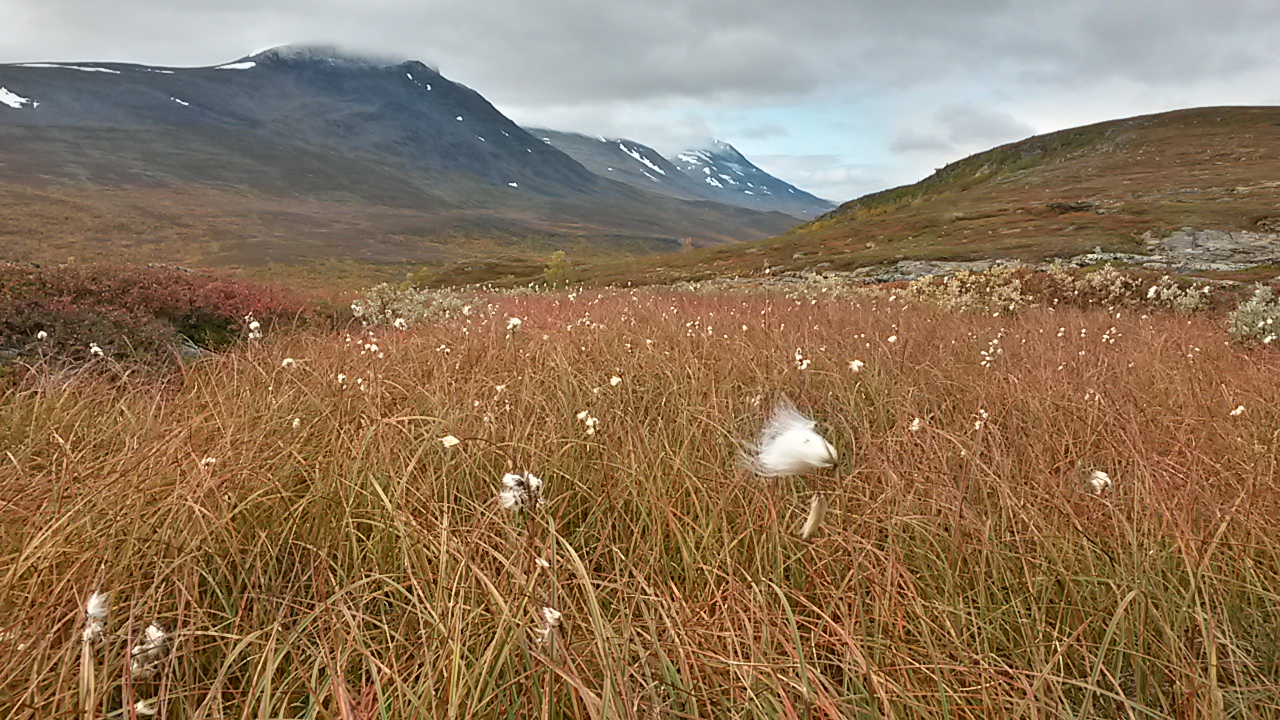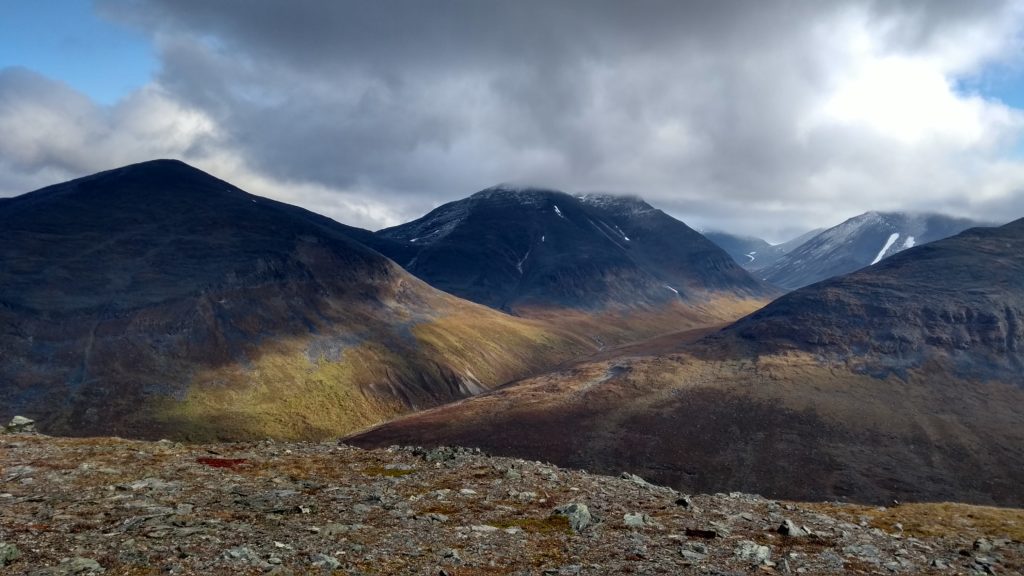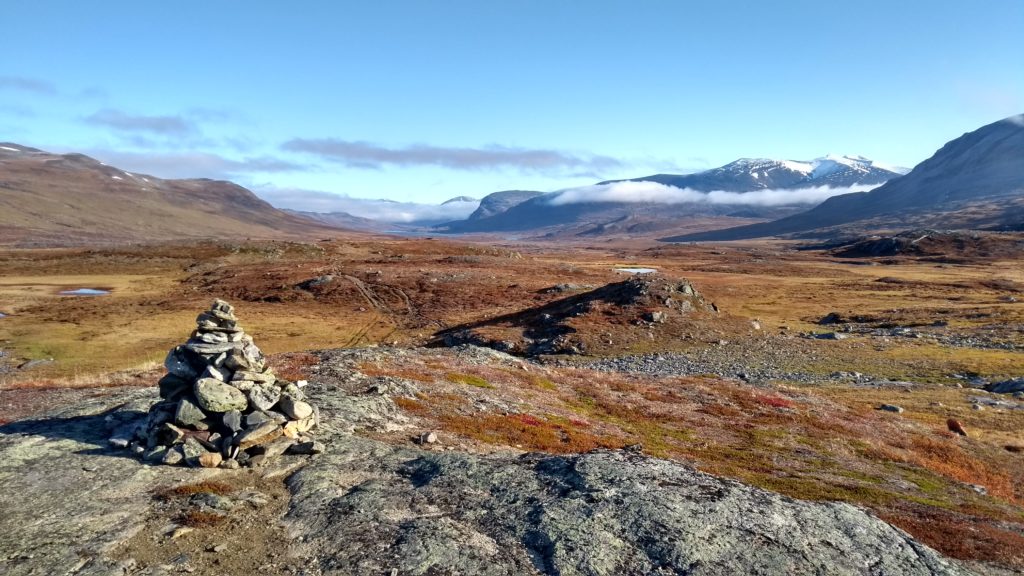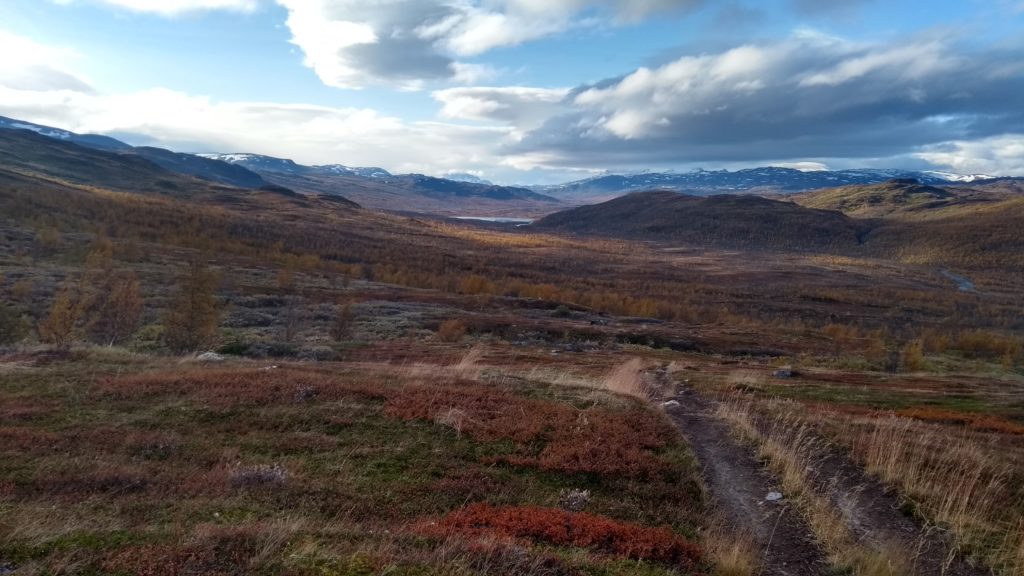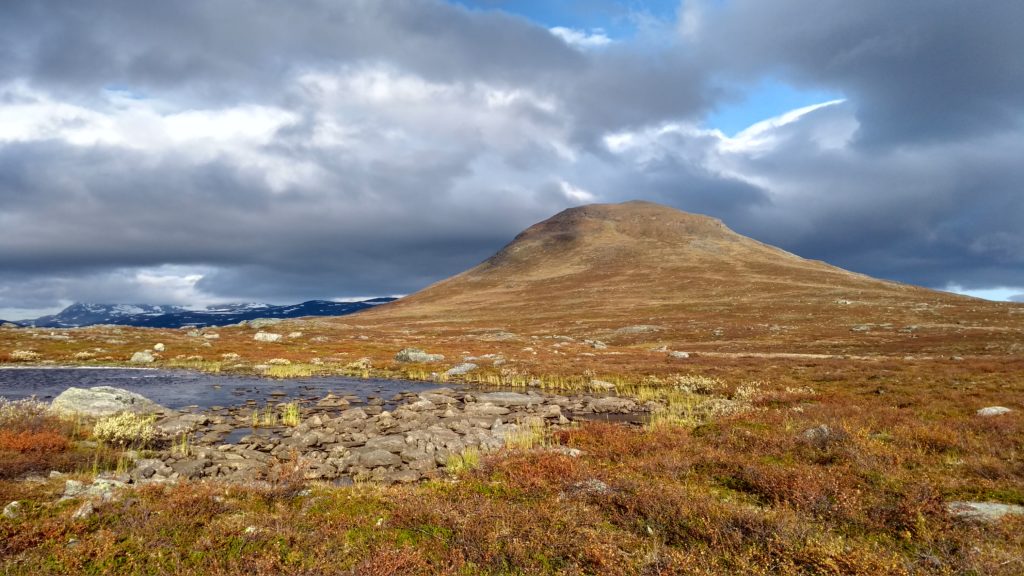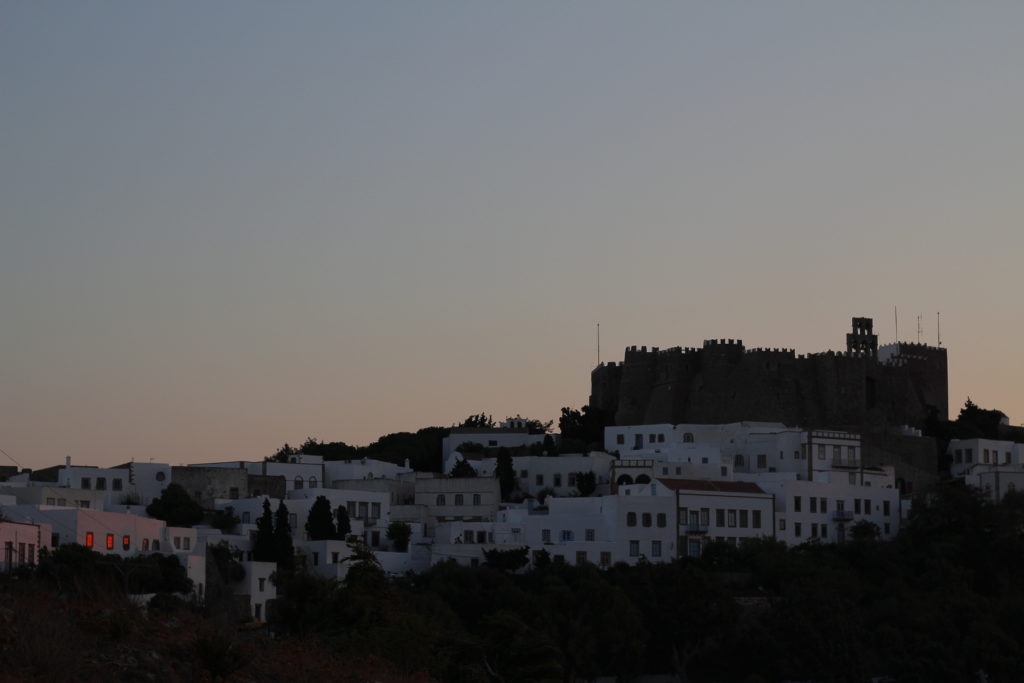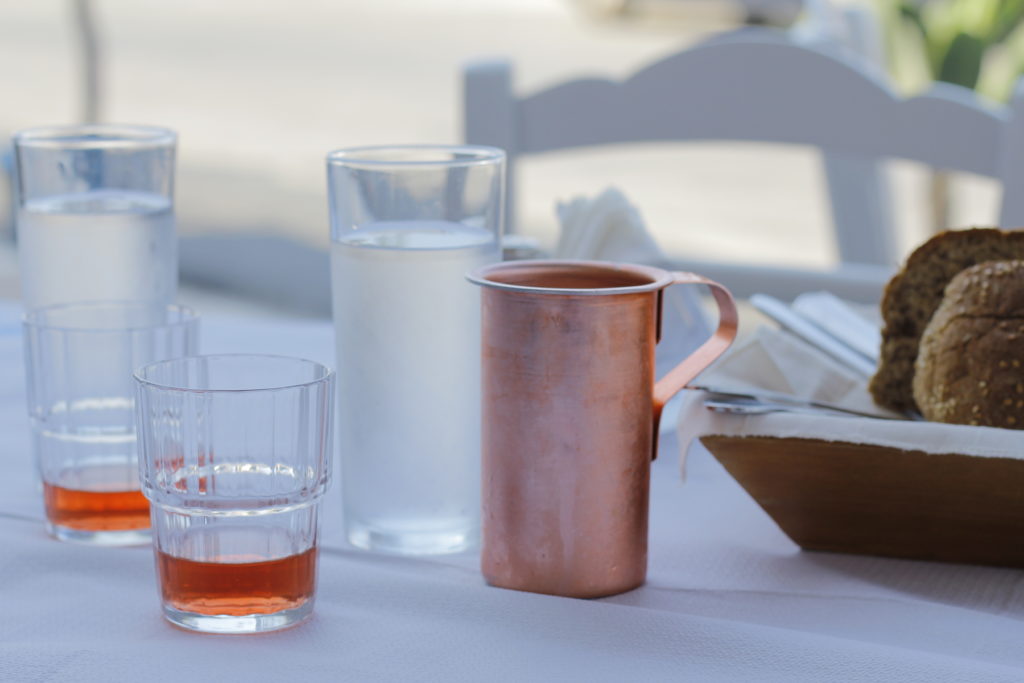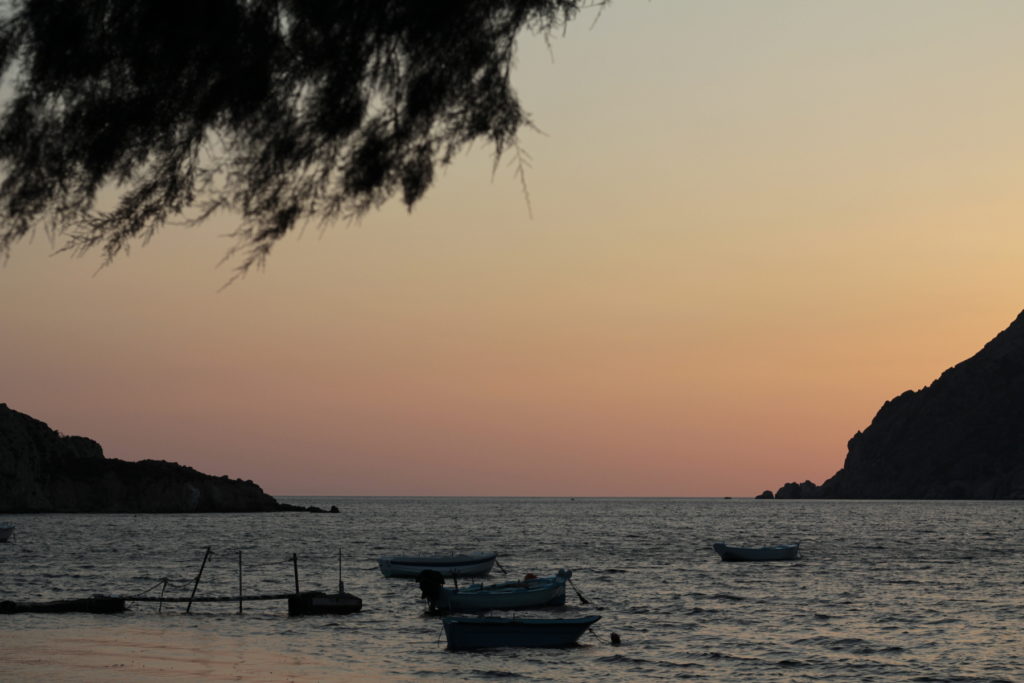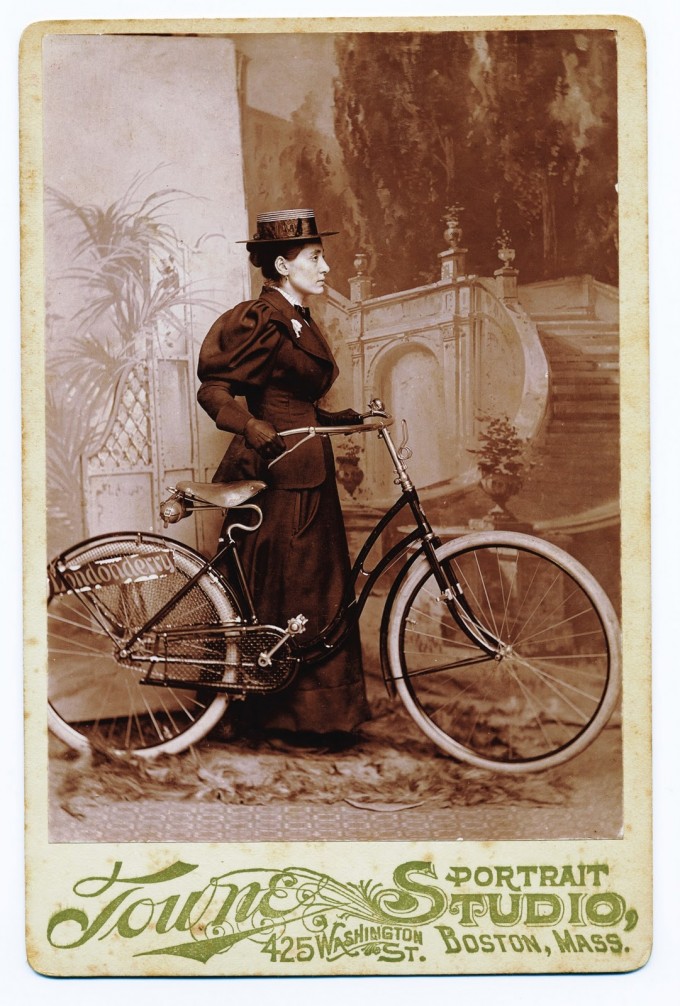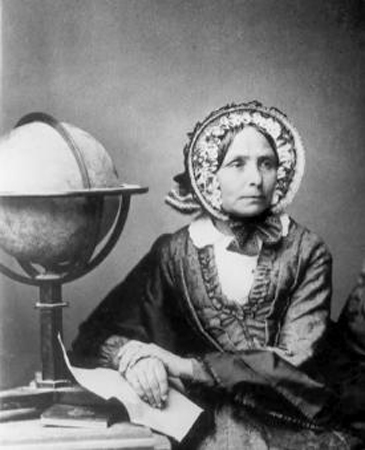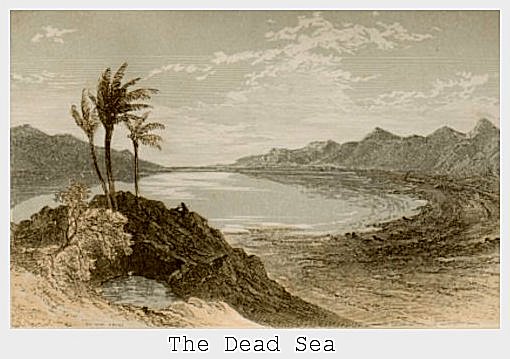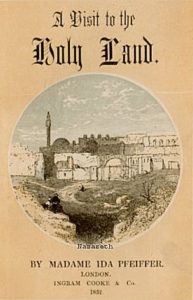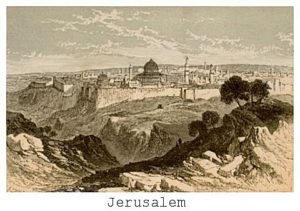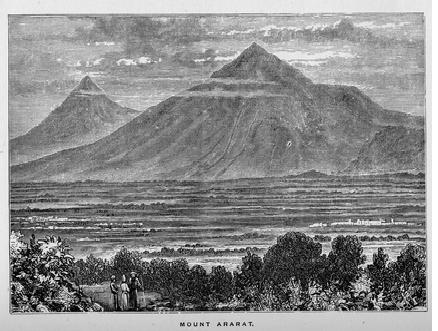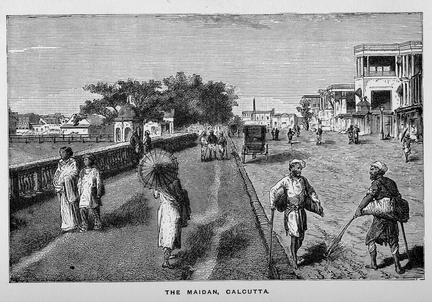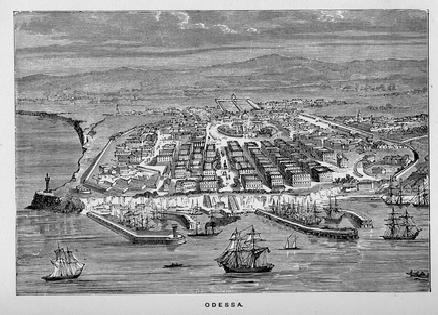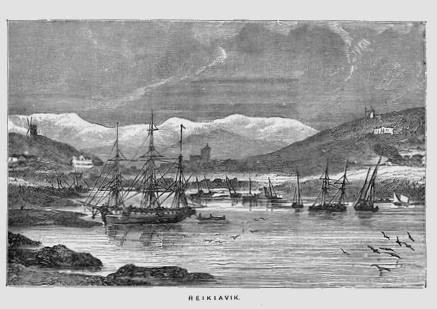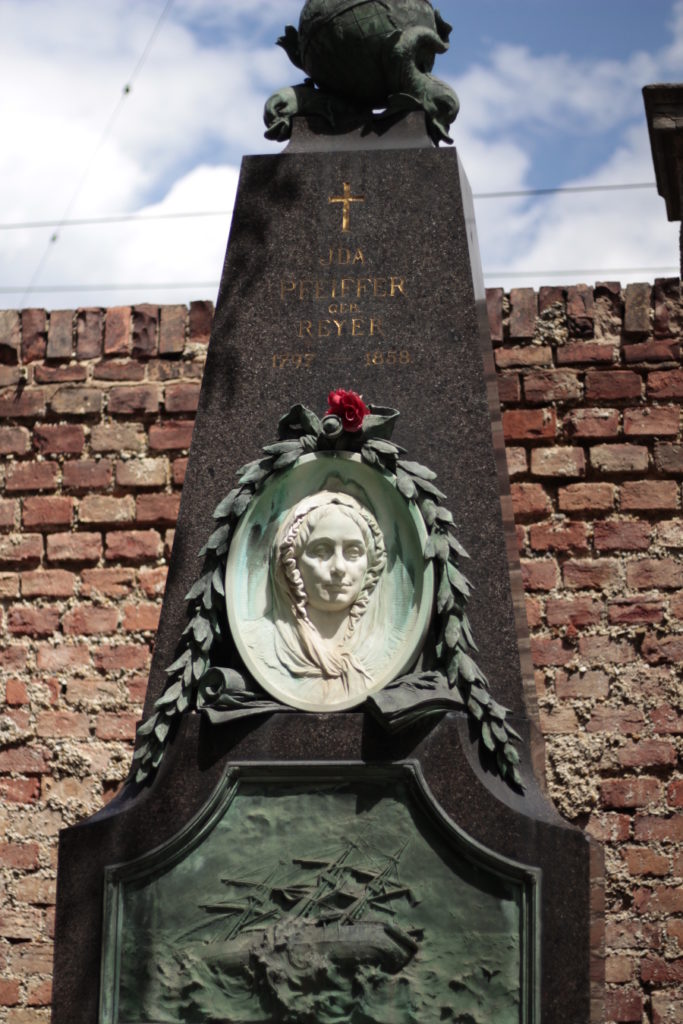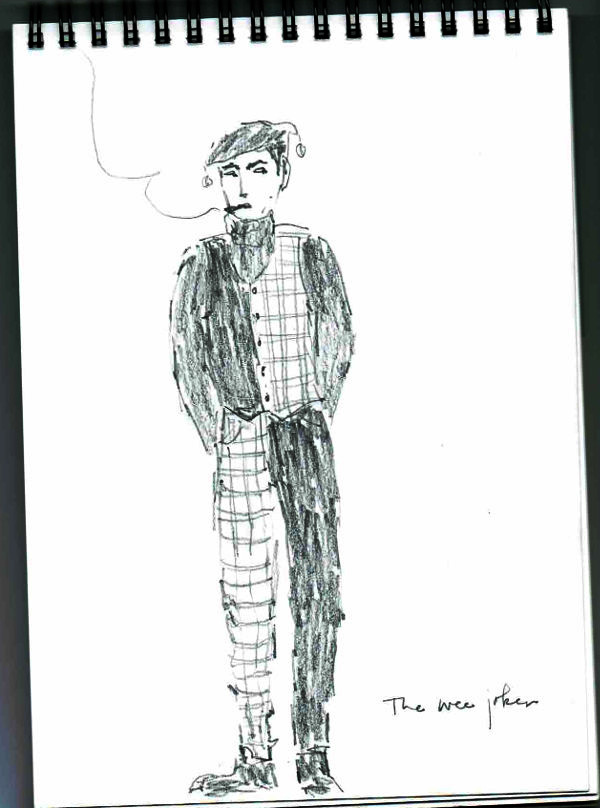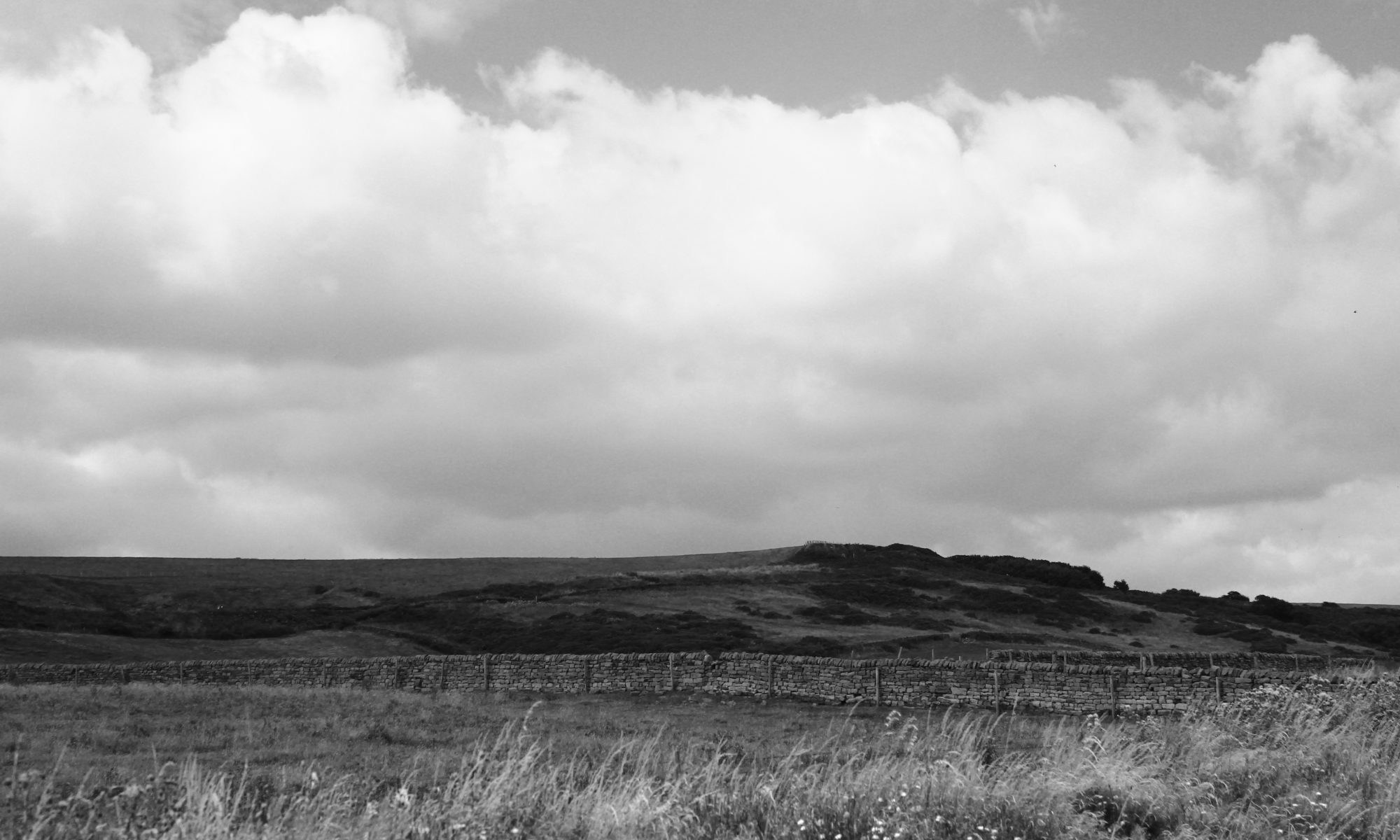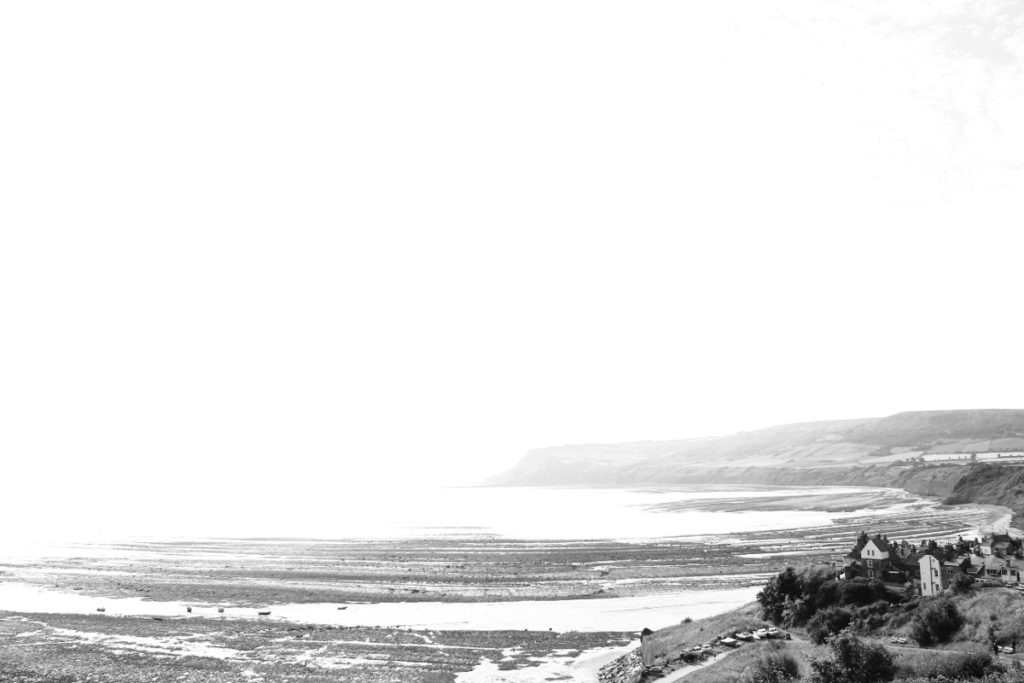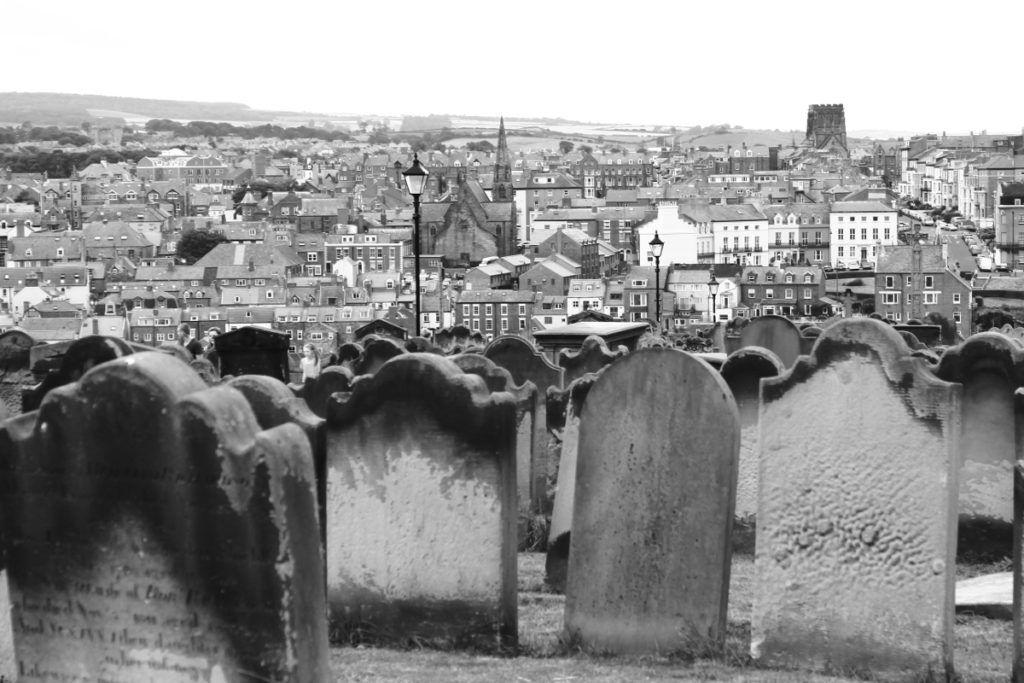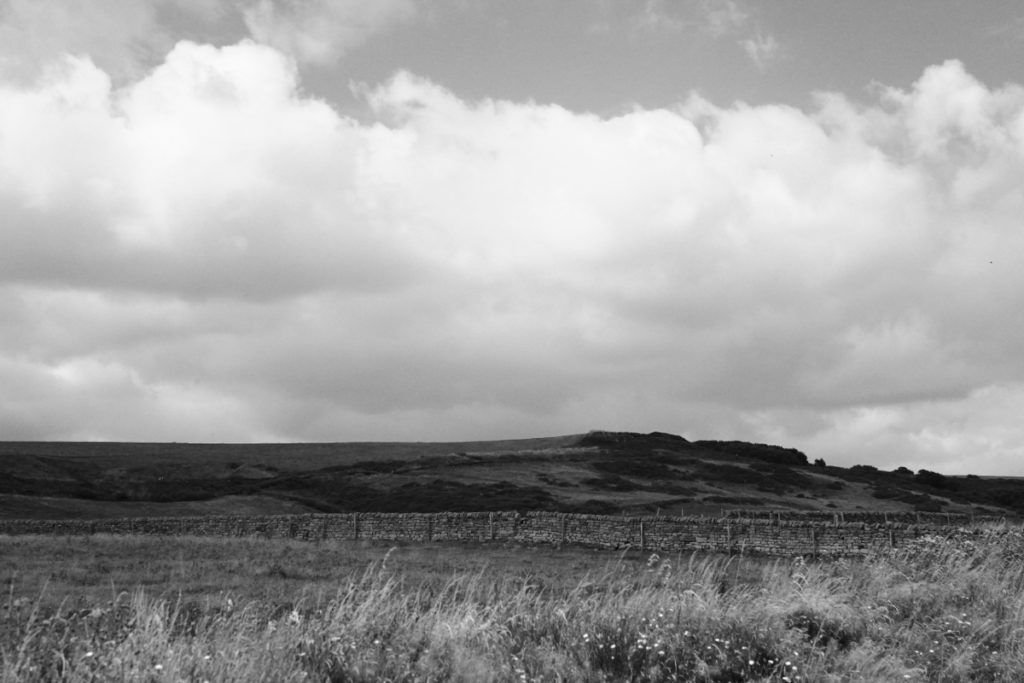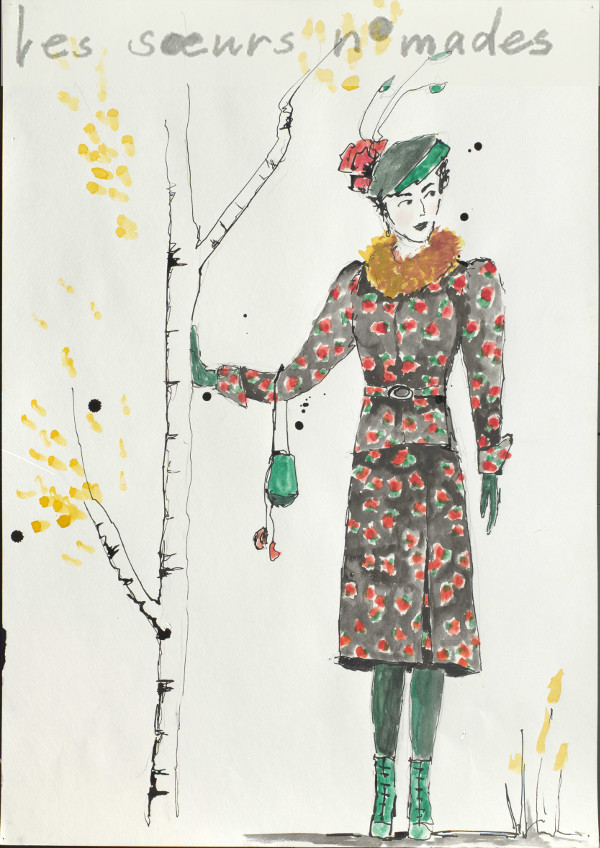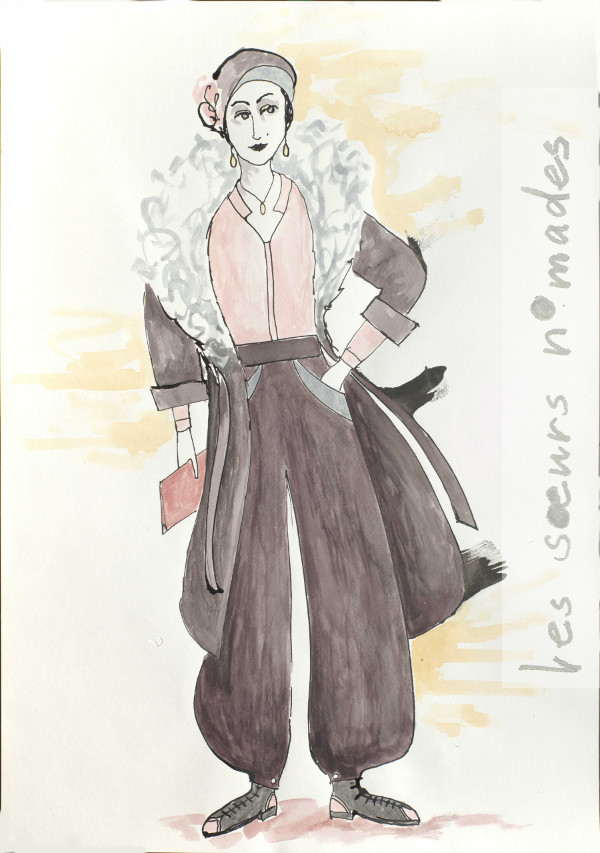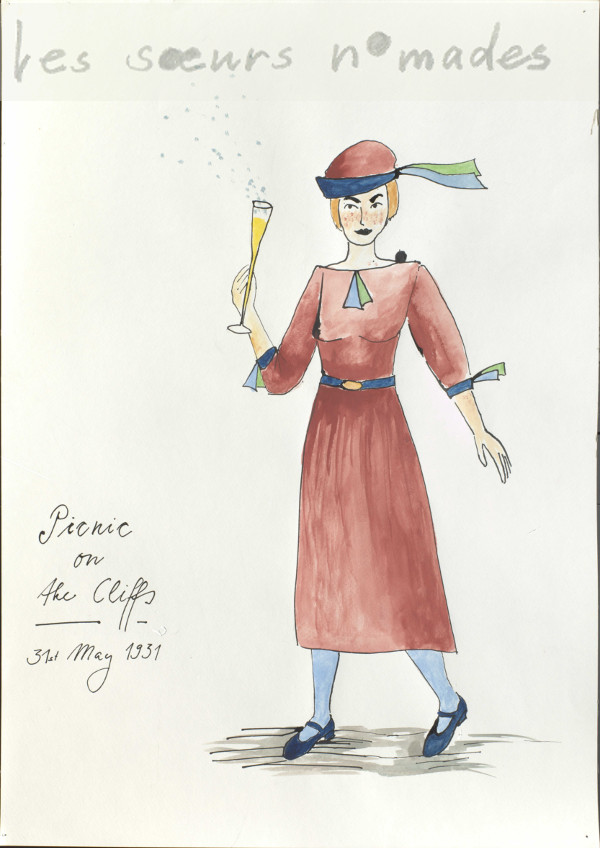We are proud to say that the Scottish Tartan Authority just approved of Les Soeurs Nomades Tartan Designs RANNOCH MOOR and SKYE and we are now registered!

TARTAN RANNOCH MOOR


TARTAN SKYE
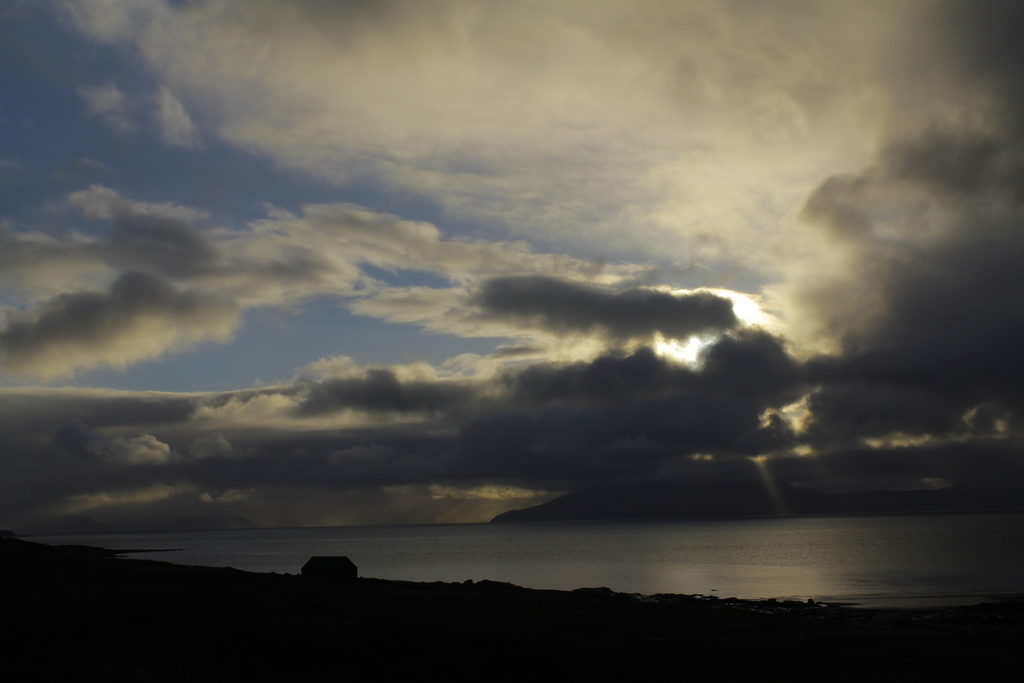
It almost feels like we are founding A CLAN.
Nowadays there are many clan tartans, which are more or less exclusively worn by the clan-members. But the clan tartan itself is an invention of the 19th century, when through the writings of Sir Walter Scott and Queen Victoria‘s Love for Scotland all things Scottish and with it the tartan was suddenly very much en vogue.
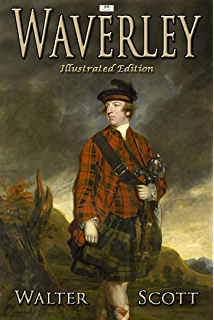
(The cover is dreadful, but the book was quite the page-turner!)
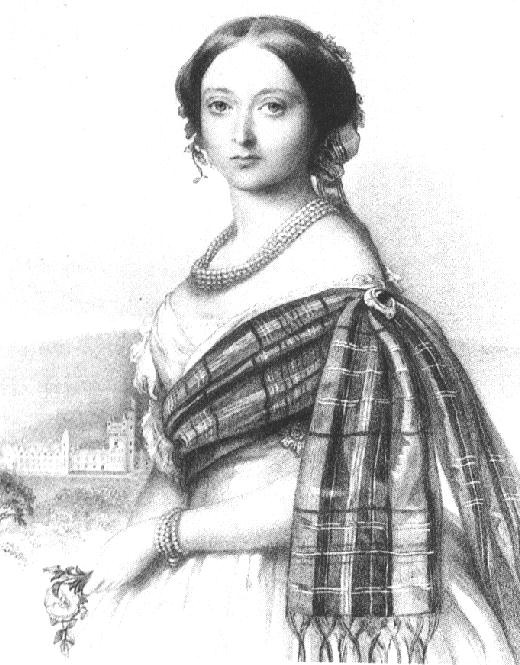
(Young Victoria in front of Balmoral Castle ca. 1830ies)

(Queen Victoria in a colourized photograph 1858)

(Silk-velvet tartan dress worn by Queen Victoria, 1835-37)
And so people started to dig out hidden kilts and plaids in the attic. On this wave of nostalgic Tartan-mania swam two inventive brothers calling themselves Sobieski-Stuart, and thereby cleverly feeding the rumour, that they were the Grandsons of Bonnie Prince Charlie. They gave out an illustrated book, the Vestiarium Scoticum, a supposed manuscript of clan tartans of the 15th century. Many believed in the well-played hoax, which opened many doors (and purses) for the brothers.
However, as above mentioned, the use of clan tartans is largely a 19th century affair. The Highland culture had to be revived and reinvented after the past bleak decades:
After the Battle of Culloden in 1746, where the Highlanders were devastated by the English Army,the speaking of the Gaelic language andthe wearing of kilt and tartanWAS BANNED. And thereby the Highland Culture with its clan structure as it existed until this time was destroyed.
The Highland Clearances, during which most of the land was given to sheep and people were driven away, were the reason for a wave of Scottish emigration and the tartan was exported to far-away places of the earth (like Canada for example!)
Before the reappearance of the tartans in the beginning of the 19th century, tartans tended to be attached much rather to a REGION than to a clan, since for the colouring of the yarns local plant dyes were used.
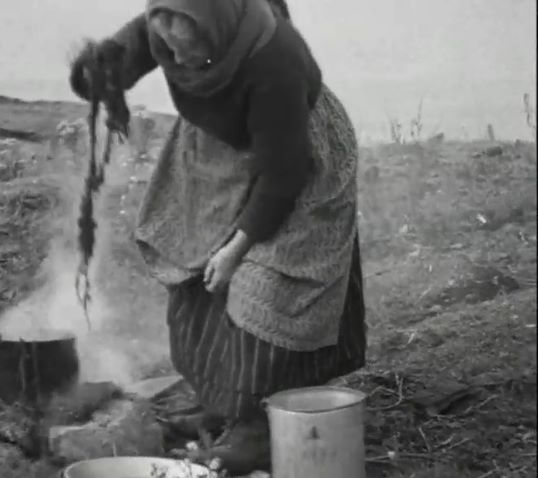
Eriskay crofter shearing sheep and dying the yarn (documentary from 1935)
Nice photo-essay from Matthew Newsome about the colours of tartan here.
Our tartans are also inspired by the colours of the Scottish landscape:
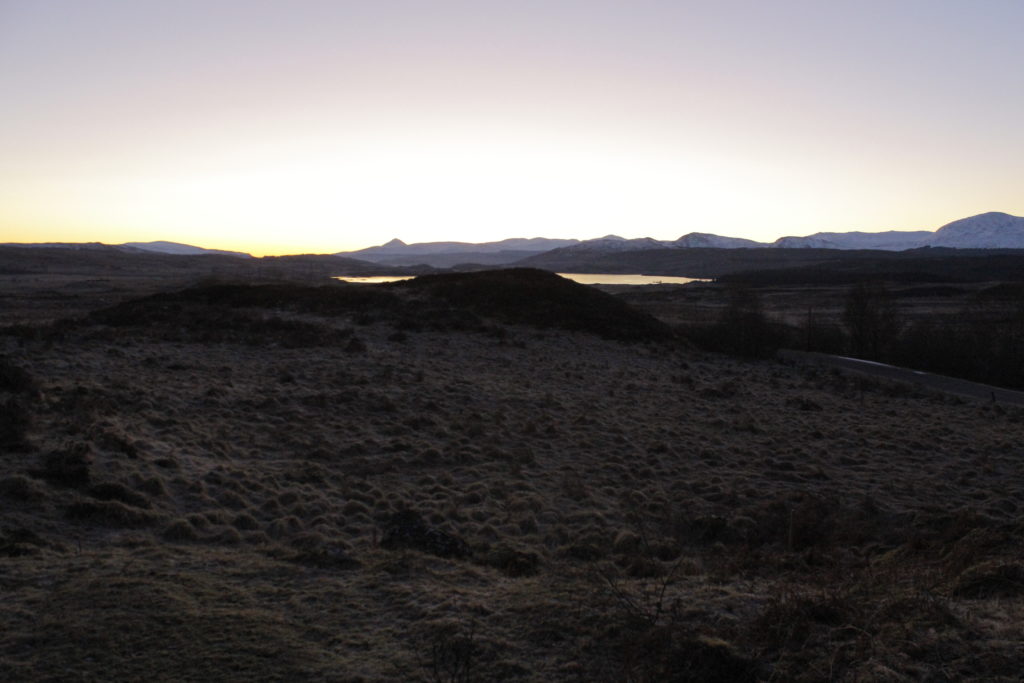
Two Swiss sisters, far from their native Highlands,
walking on a clear morning before sunrise
over the frozen bogs of Rannoch Moor
and hatching a plan to have their own tartan.
Woven in this tartan the splendour of the landscapes they saw:
The colours of the moor and the wintry sea on Skye
when rays of sun break through the looming clouds
which have been throwing down sleet
on the two sisters just some minutes before.
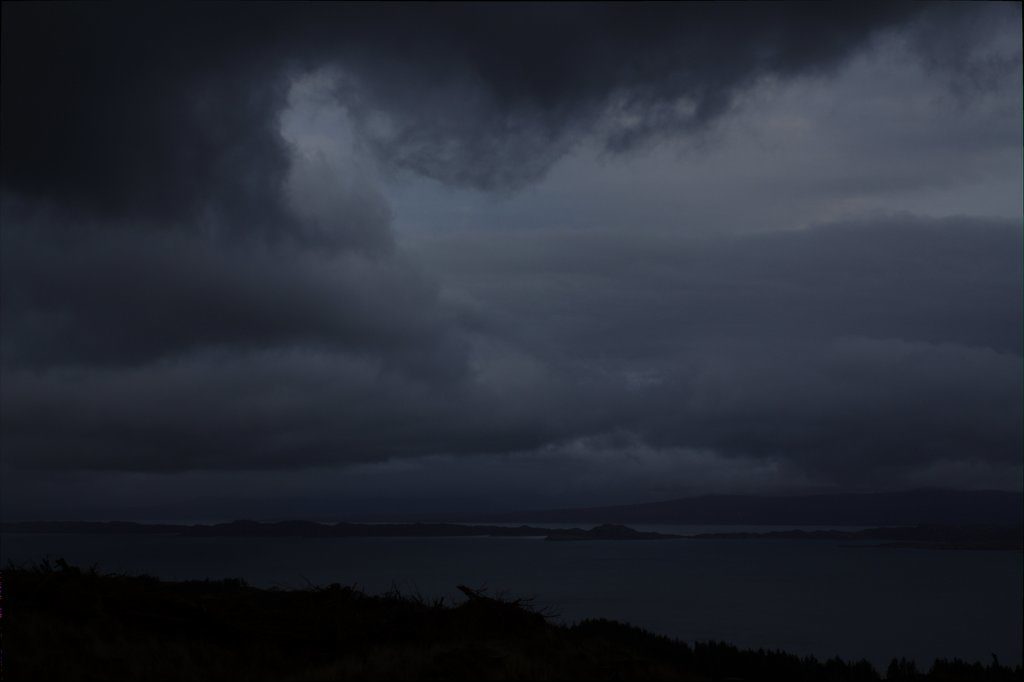
Our tartan scarves will be woven in Scotland by Ashleigh Slater of Warpweftweavestudio with 100% pure new wool from Knoll Yarns in Yorkshire.
They will be available this spring by crowd-funding. If you would like to be informed when we start and you can order your scarf, please subscribe to our newsletter or send us an email to sisters(at)les-soeurs-nomades.com, thank you!
Read more about the fascinating history of the tartan here:
The birth of Tartan
How to wear a historic kilt (“a wee bit o’ kilt porn”)

